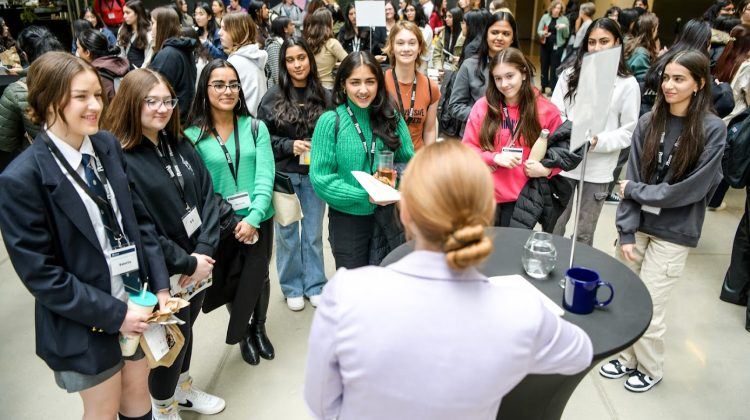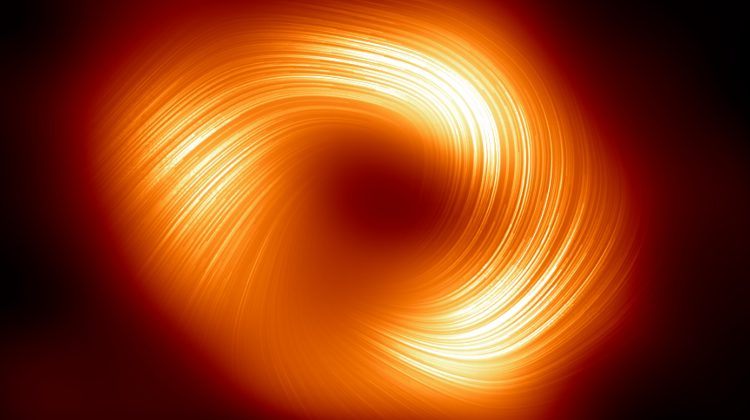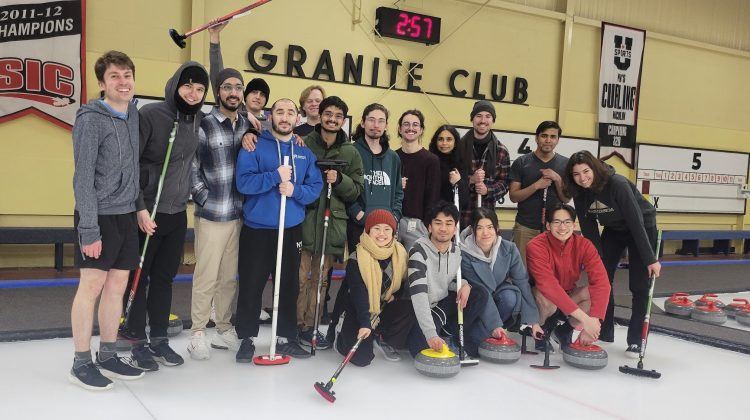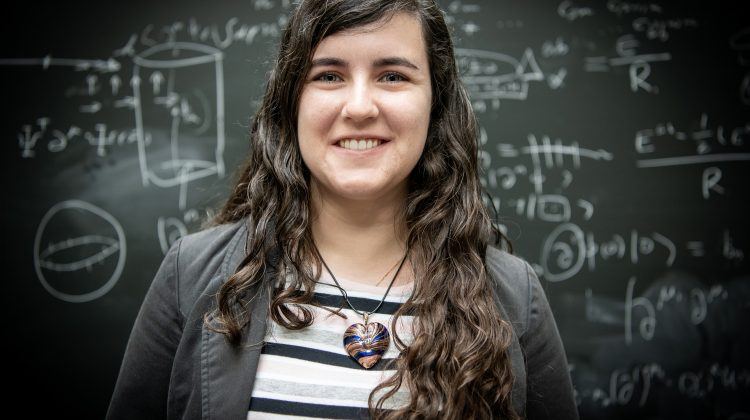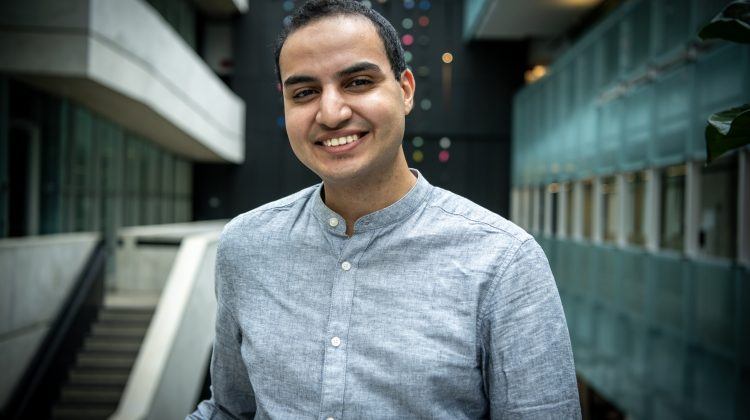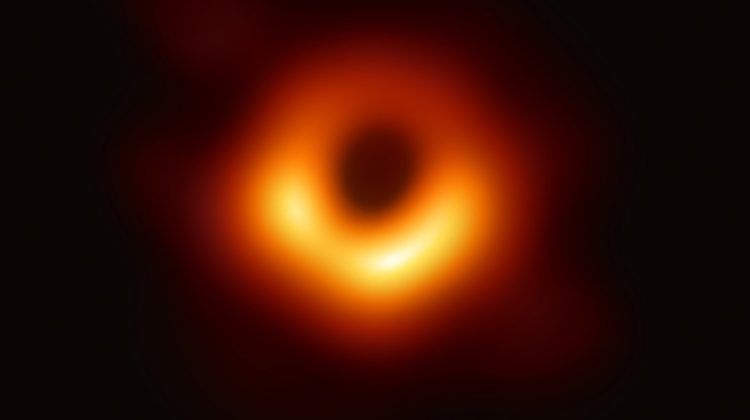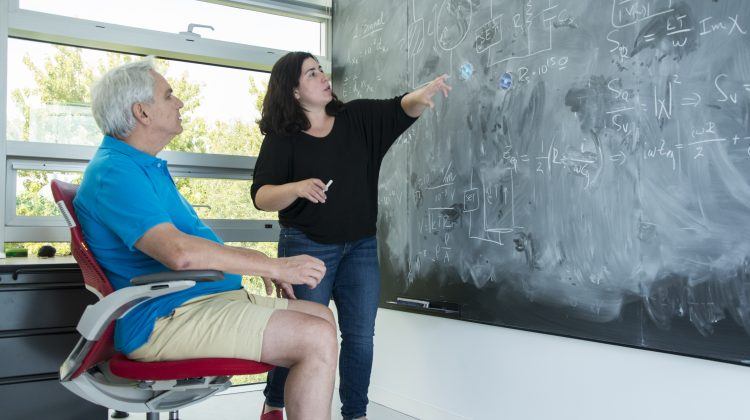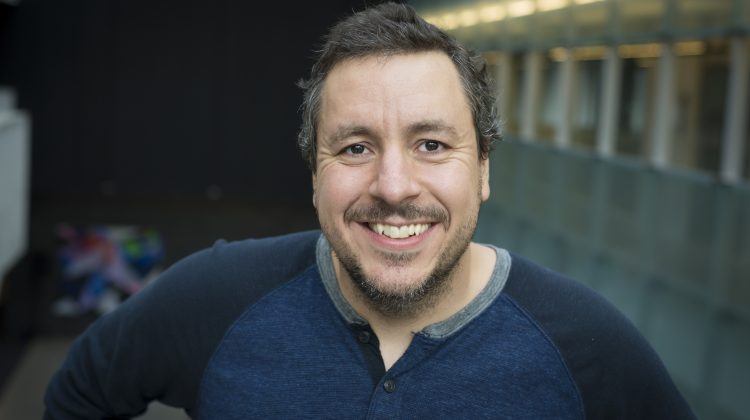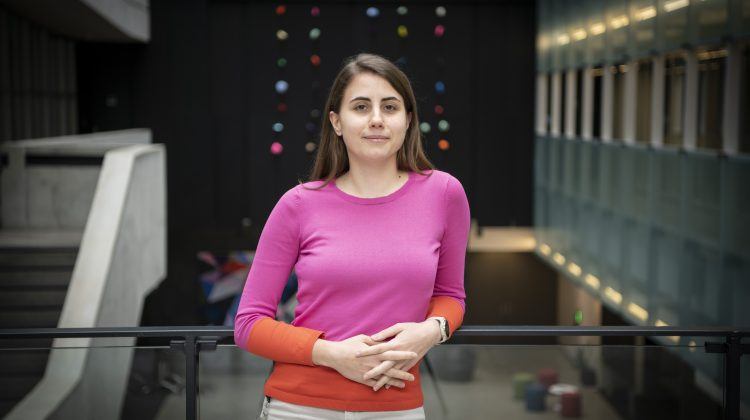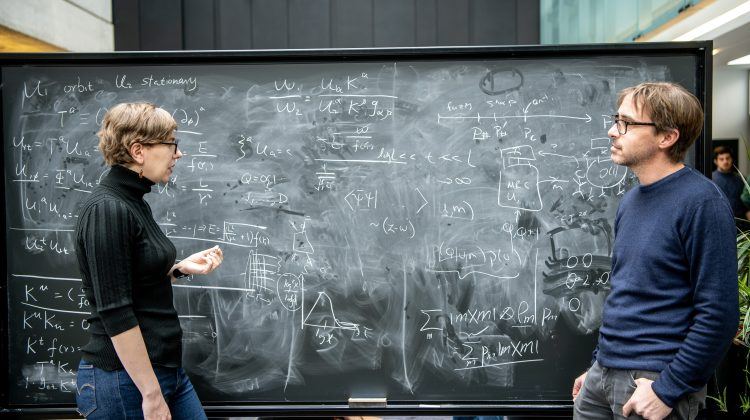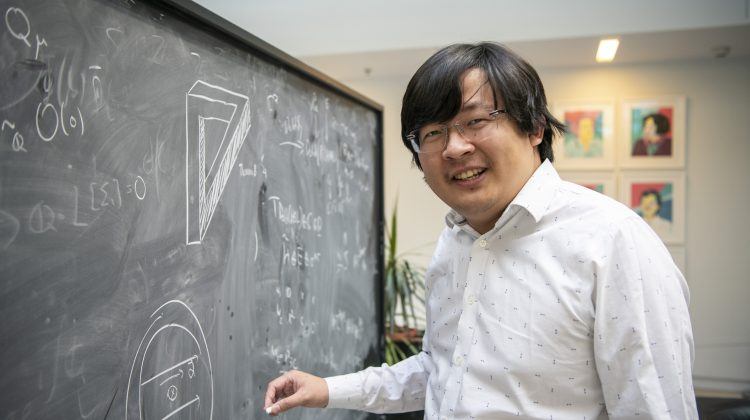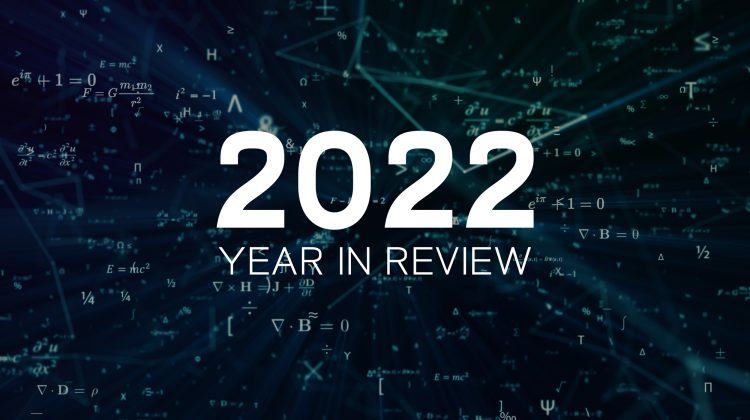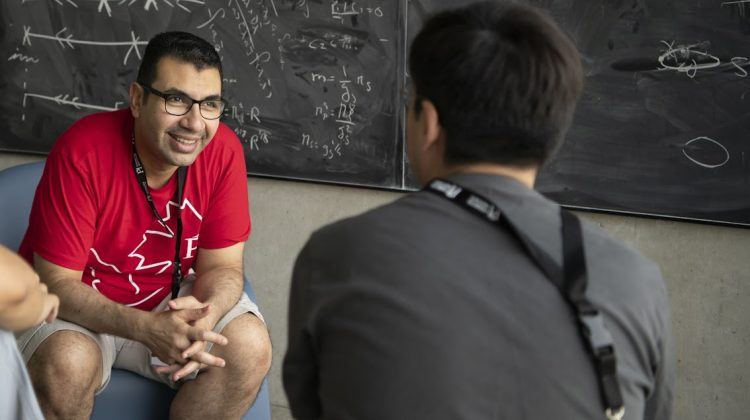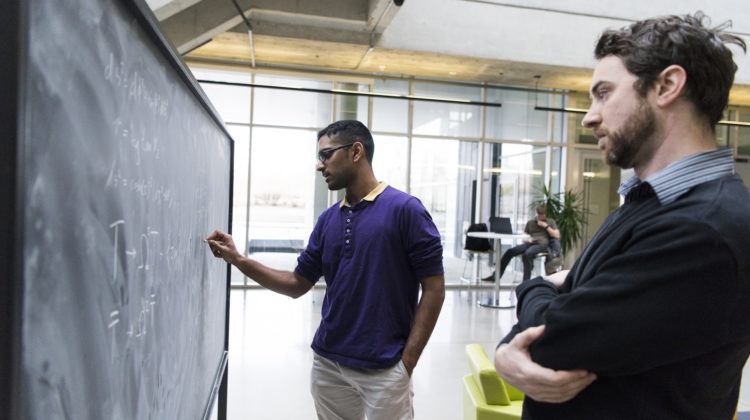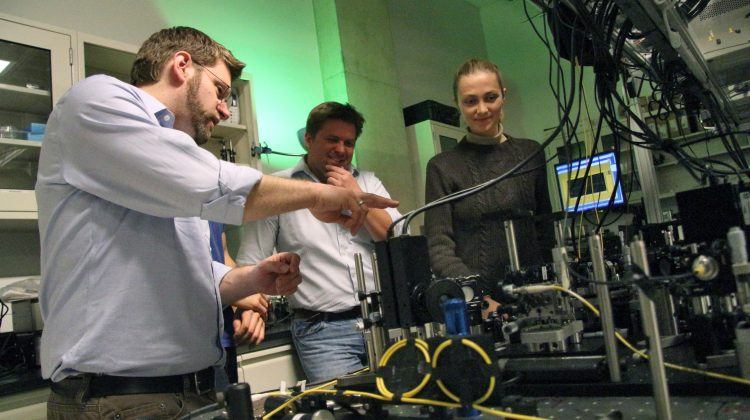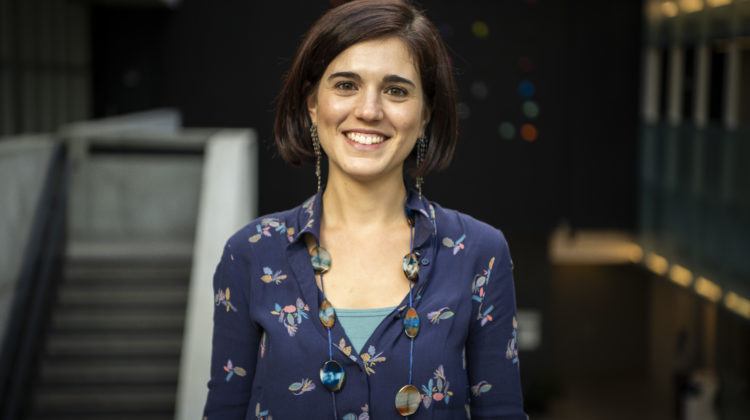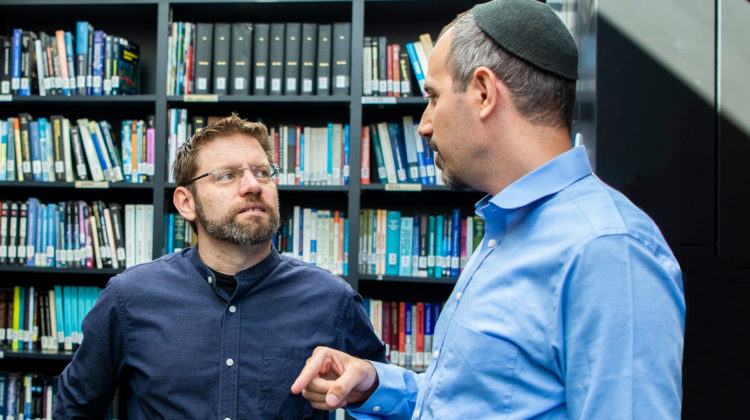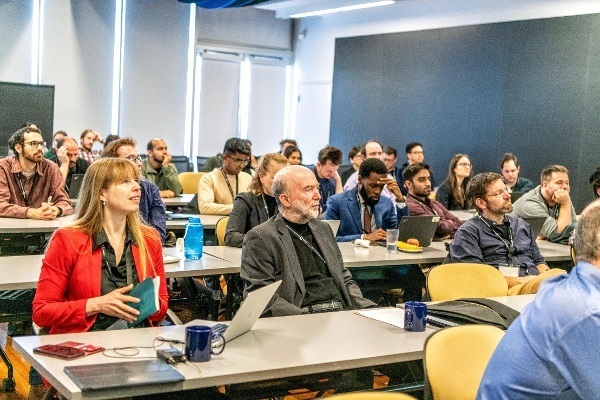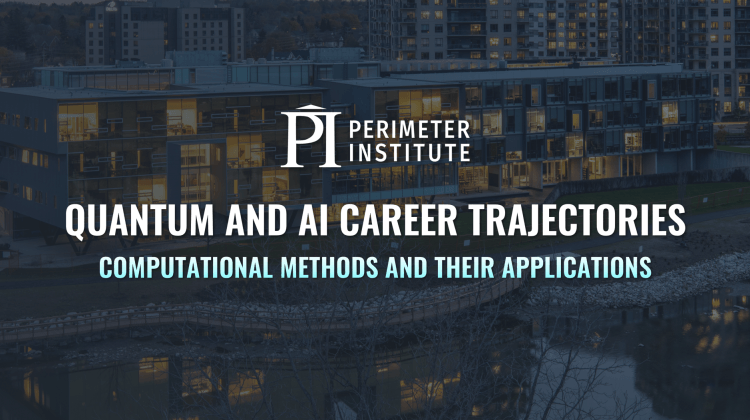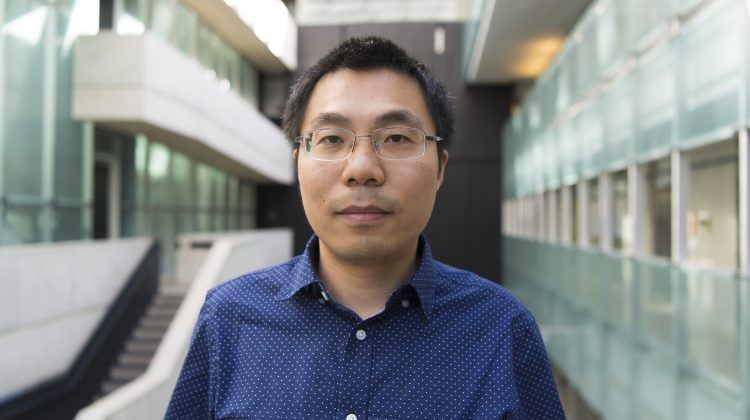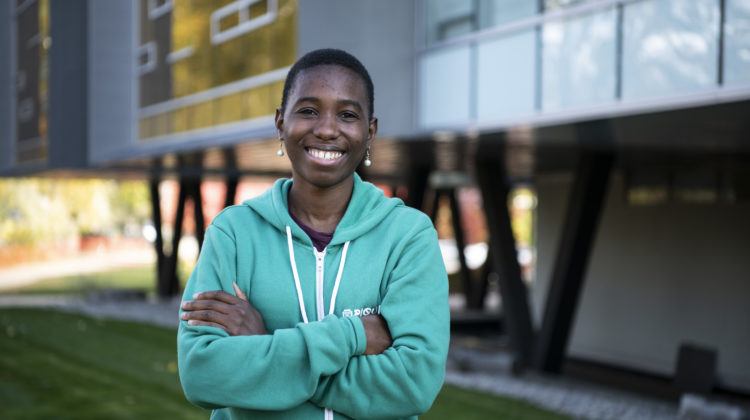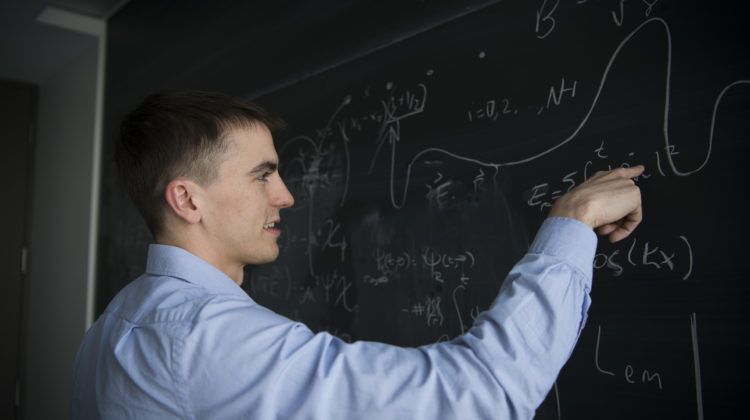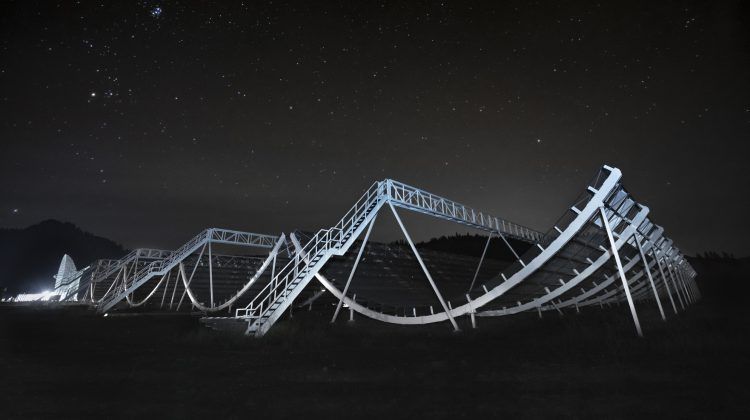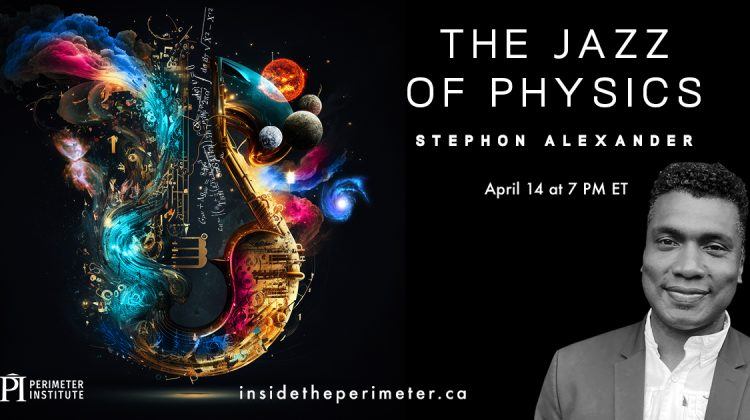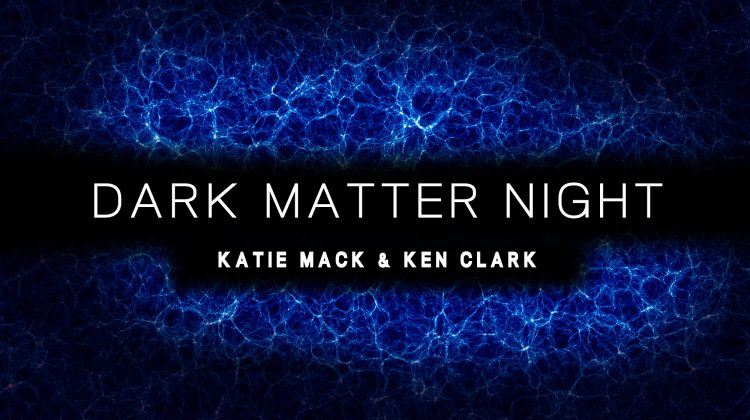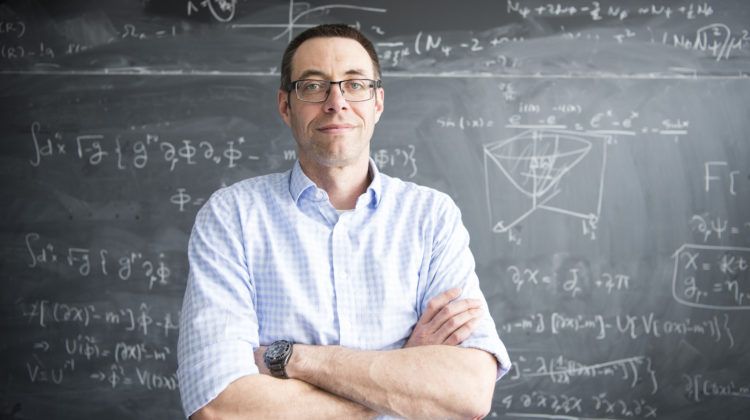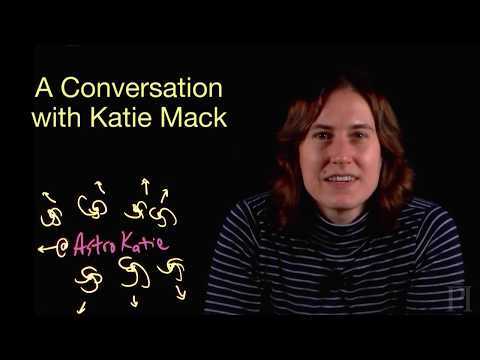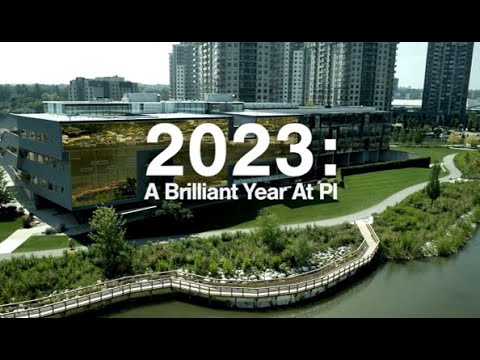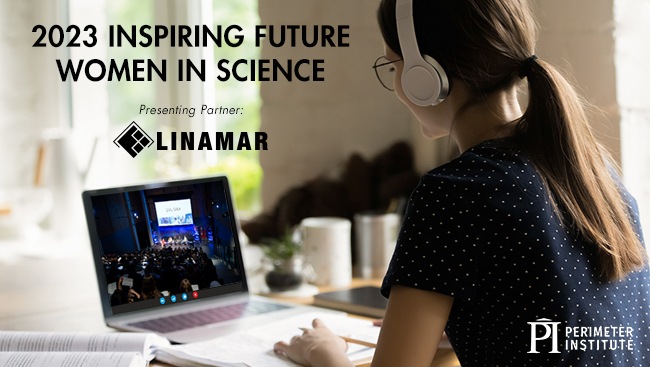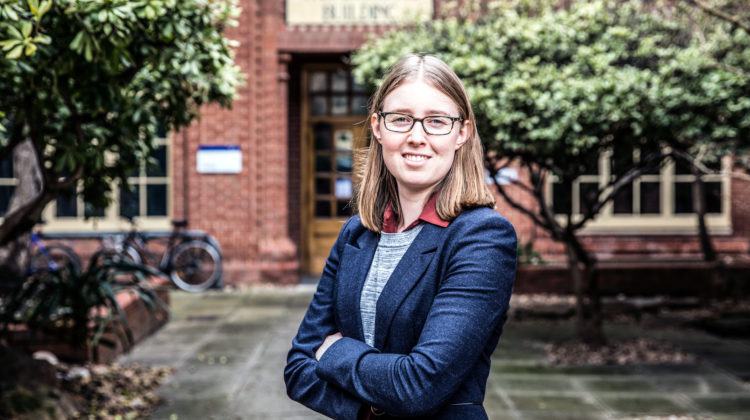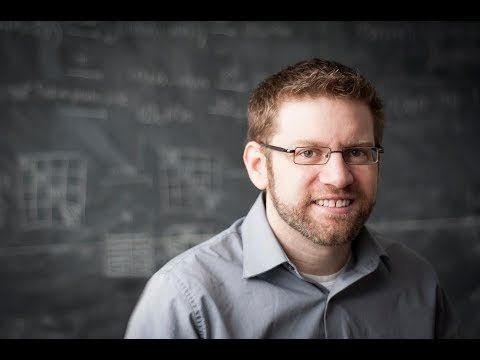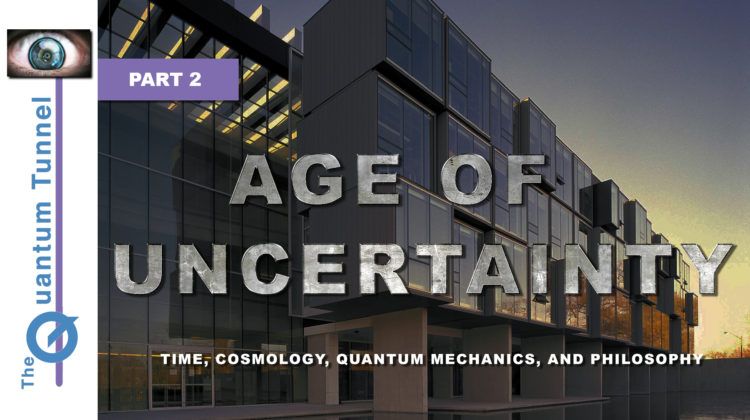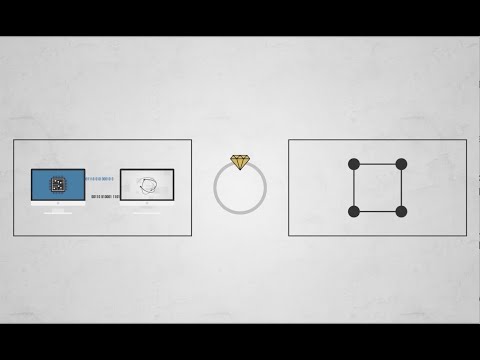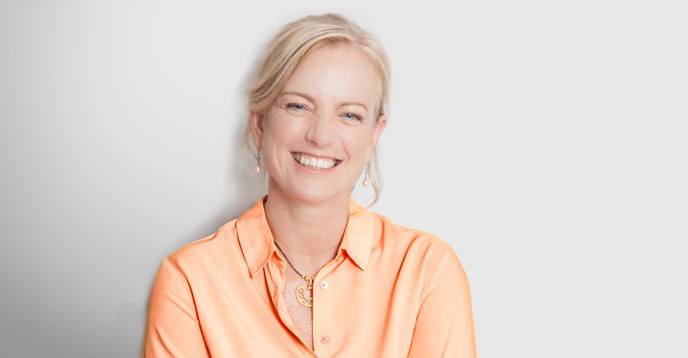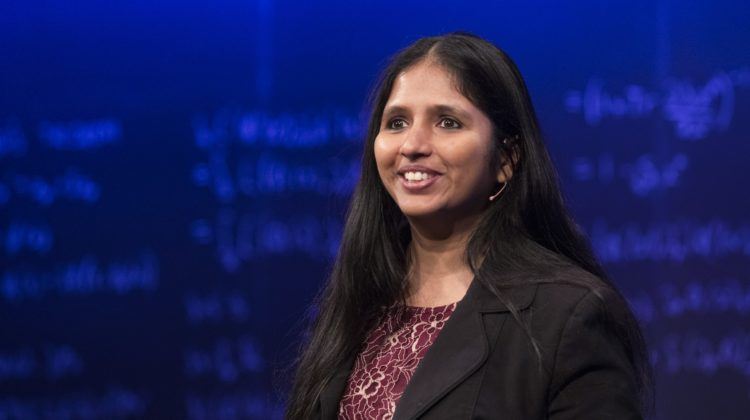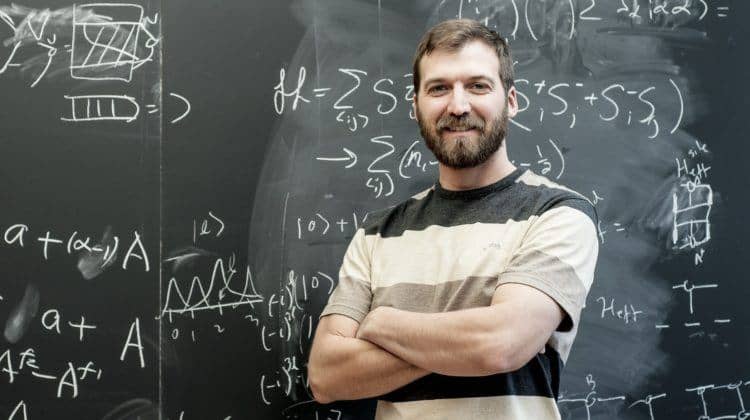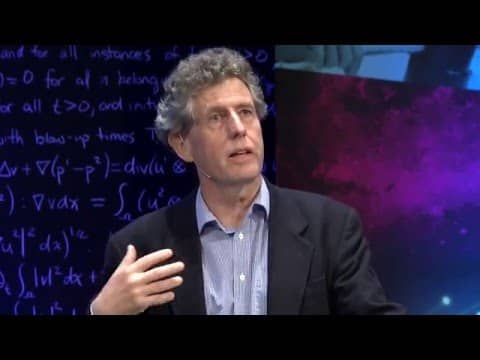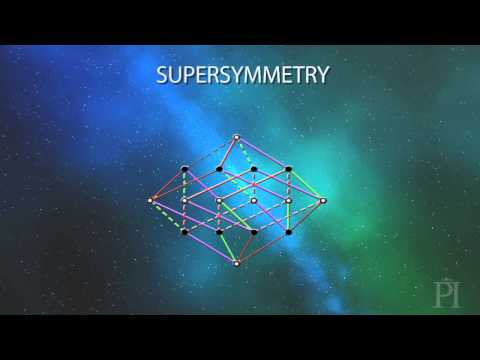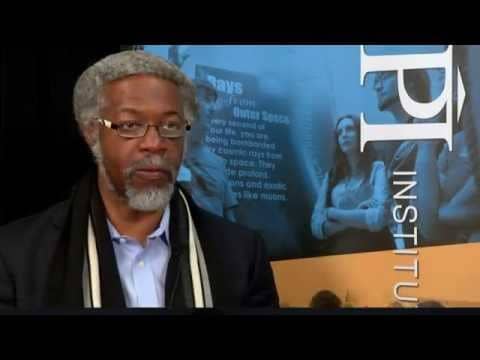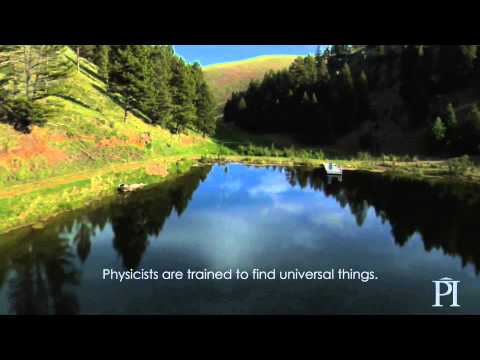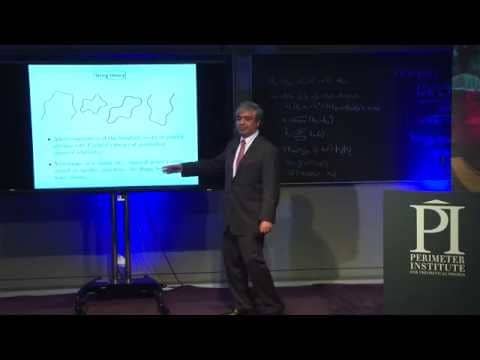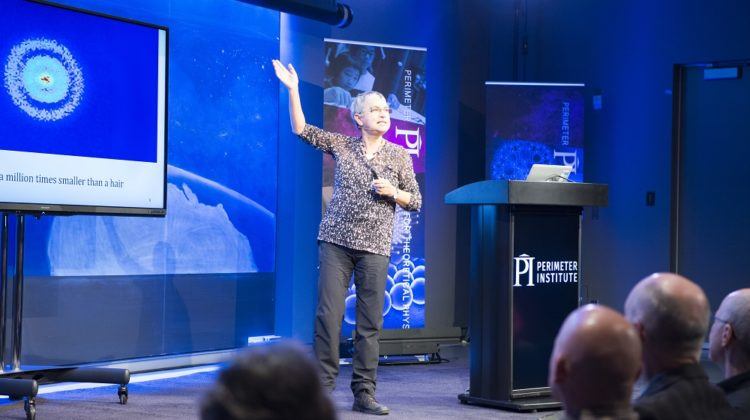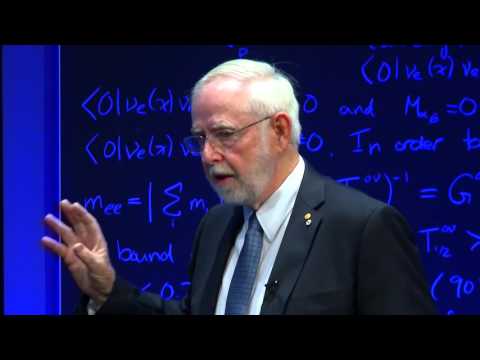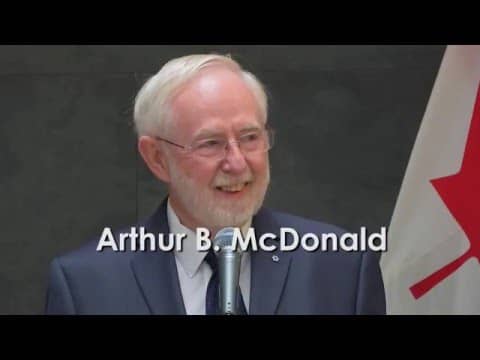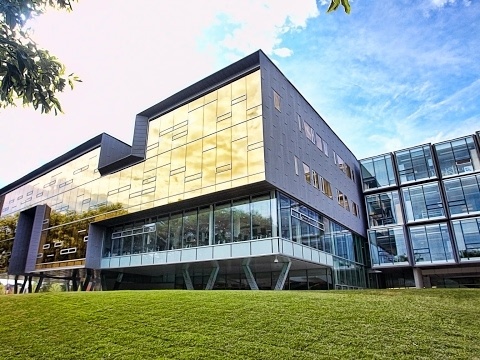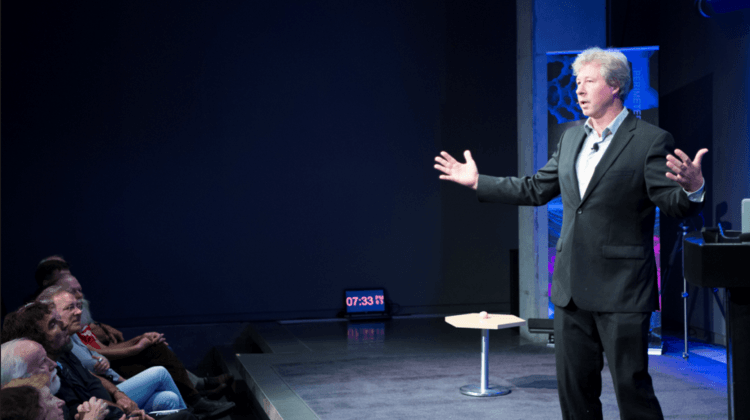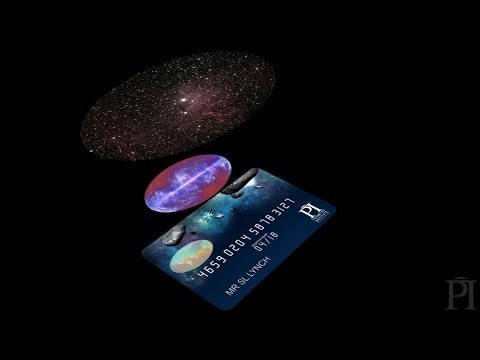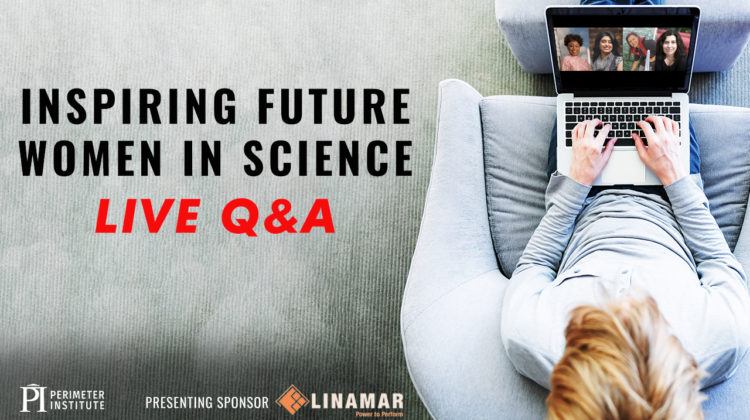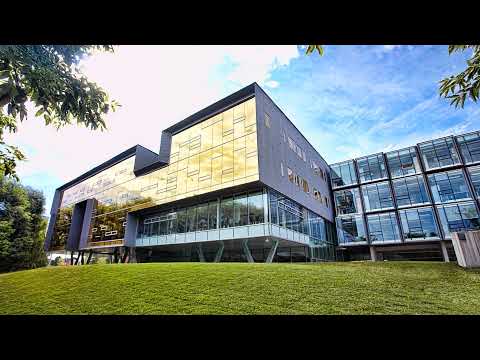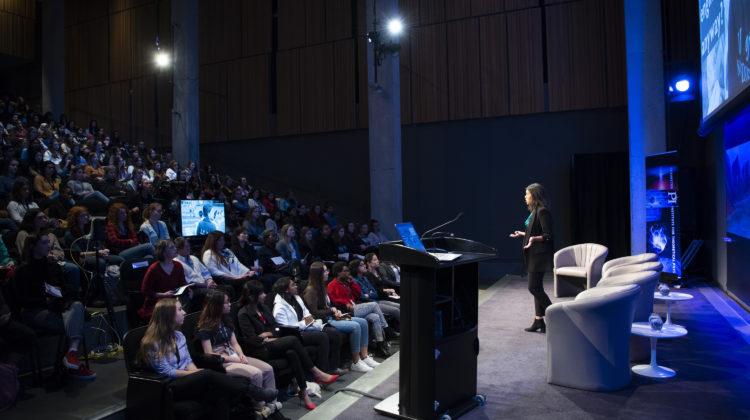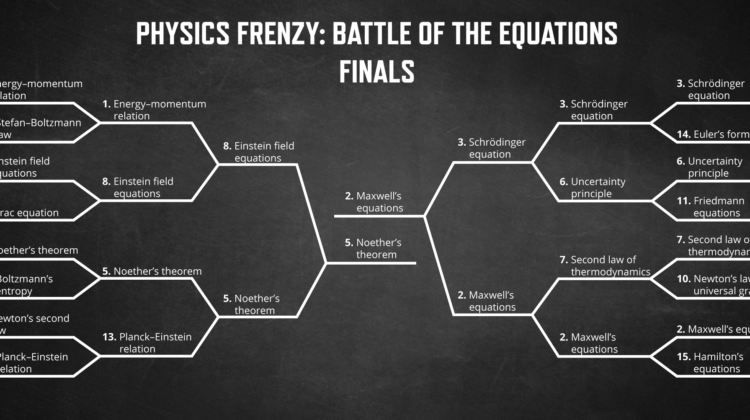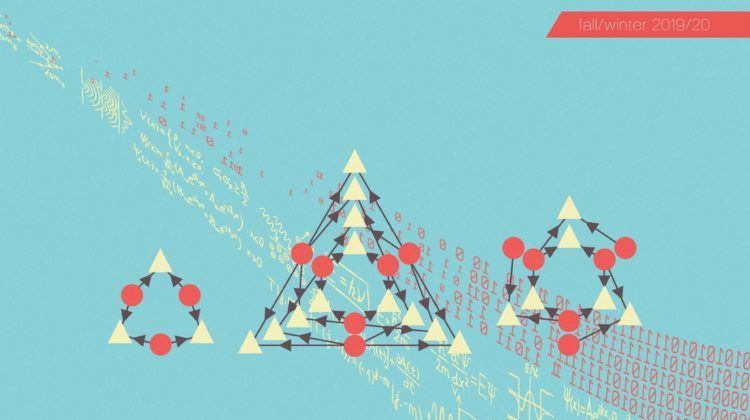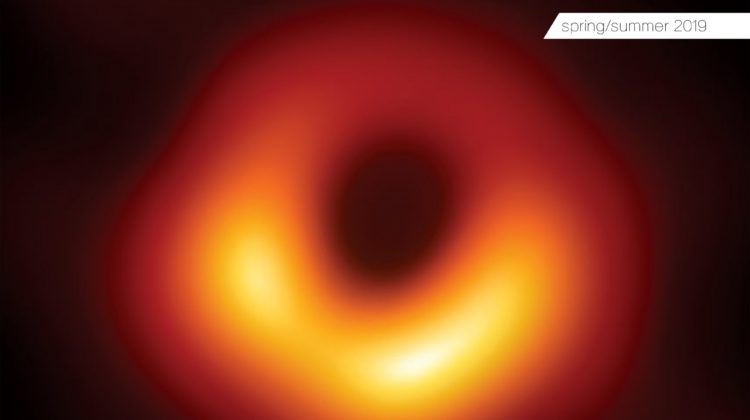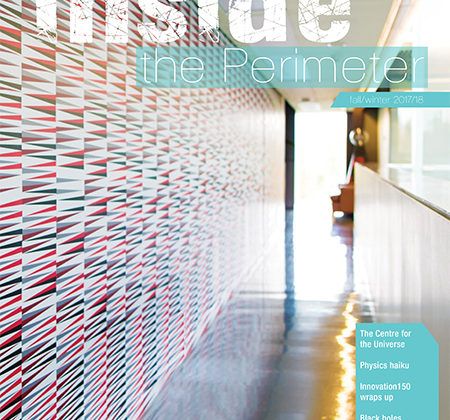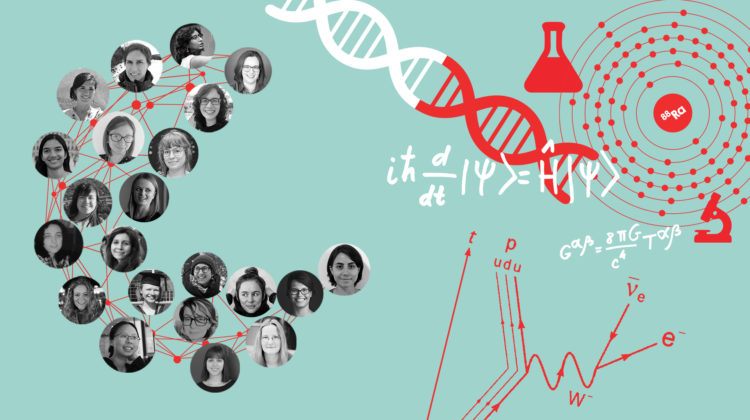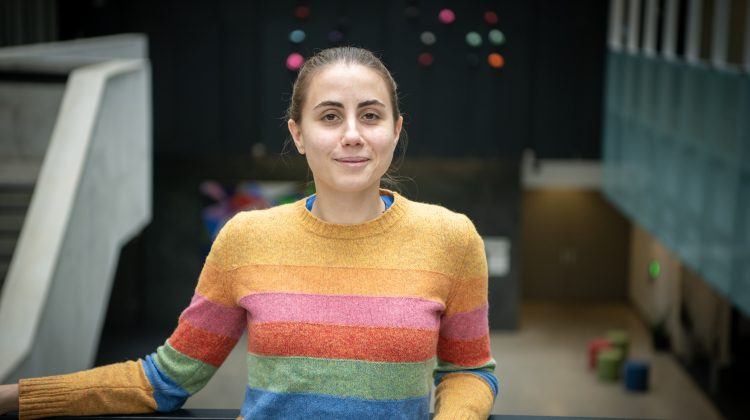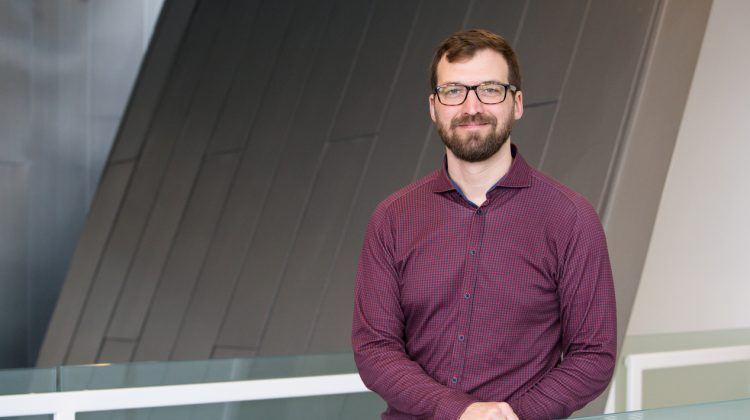Science in a New Light
Perimeter’s venue draws high school physics teachers from across Ontario

The noisy chatter rising up from lecture halls, around blackboards, and in hallways could have been mistaken for the sound of boisterous teenagers meeting their schoolmates after a long break.
But this noise came from a less likely source – high school physics teachers who, instead of asking anyone to quiet down, brimmed with the excitement of meeting again at the first Ontario Association of Physics Teachers (OAPT) conference since the pandemic, hosted at Perimeter Institute.
“They were so energized,” said Olga Michalopoulos, Perimeter’s Teacher Network coordinator for Ontario and Greece, who was co-chair of the event.
More than 130 teachers attended “Science in a New Light,” the first major OAPT conference since the pandemic shut down most activities in 2020.
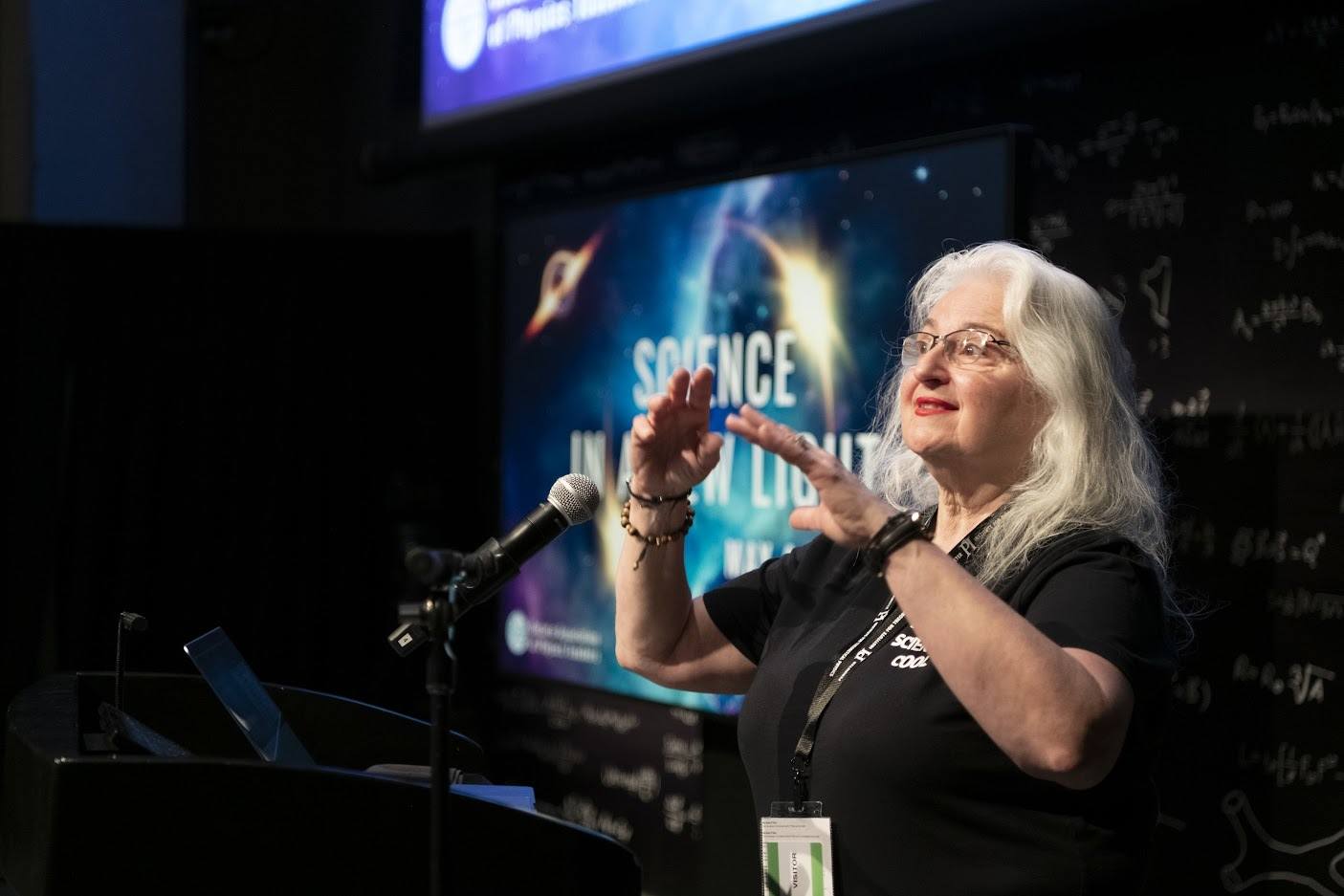
Michalopoulos, who was a winner of the 2012 Canadian Association of Physicists (CAP) Award for Excellence in Teaching High School/CEGEP Physics, said the passion and love of teaching physics was obvious throughout the conference, held on the first weekend in May 2023. “There was definitely inspiration. It was a chance to step back, get refreshed, learn something new,” Michalopoulos said.
The networking aspect alone is important. Many high schools in Ontario only have one physics teacher, said Michalopoulos. “For physics teachers who are an island in their departments, this a chance to meet other physics teachers, get ideas, and hear about the different strategies and pedagogy that is out there.”
Presenters included staff from Perimeter’s Educational Outreach team, professors and PhD researchers from area universities, and teachers from school boards across Ontario who have implemented new teaching strategies in their classrooms.
“We have been told by past participants that this conference is the best physics professional development available in the province,” Michalopoulos added.
In the climate change session, for example, Perimeter’s Teacher-in-Residence Dave Fish demonstrated the use of a water-filled balloon over a candle flame to explain how water absorbs heat energy. Other presentations ranged from the cosmic, such as the latest James Webb Space Telescope results, to the subatomic and the teaching of the modern conception of the atom.
The teachers heard Joanne O’Meara, a physics professor at the University of Guelph, describe how she “flipped the classroom” so that learning became more collaborative, with students solving problems together, similar to how teams of physicists work together on problems at Perimeter’s blackboards.
Meanwhile, Eamonn Corrigan, a PhD student at the University of Guelph, gave a talk on his thesis research that analyzed 10 years of Ontario Ministry of Education data to track what is happening with gender balance in science classrooms.
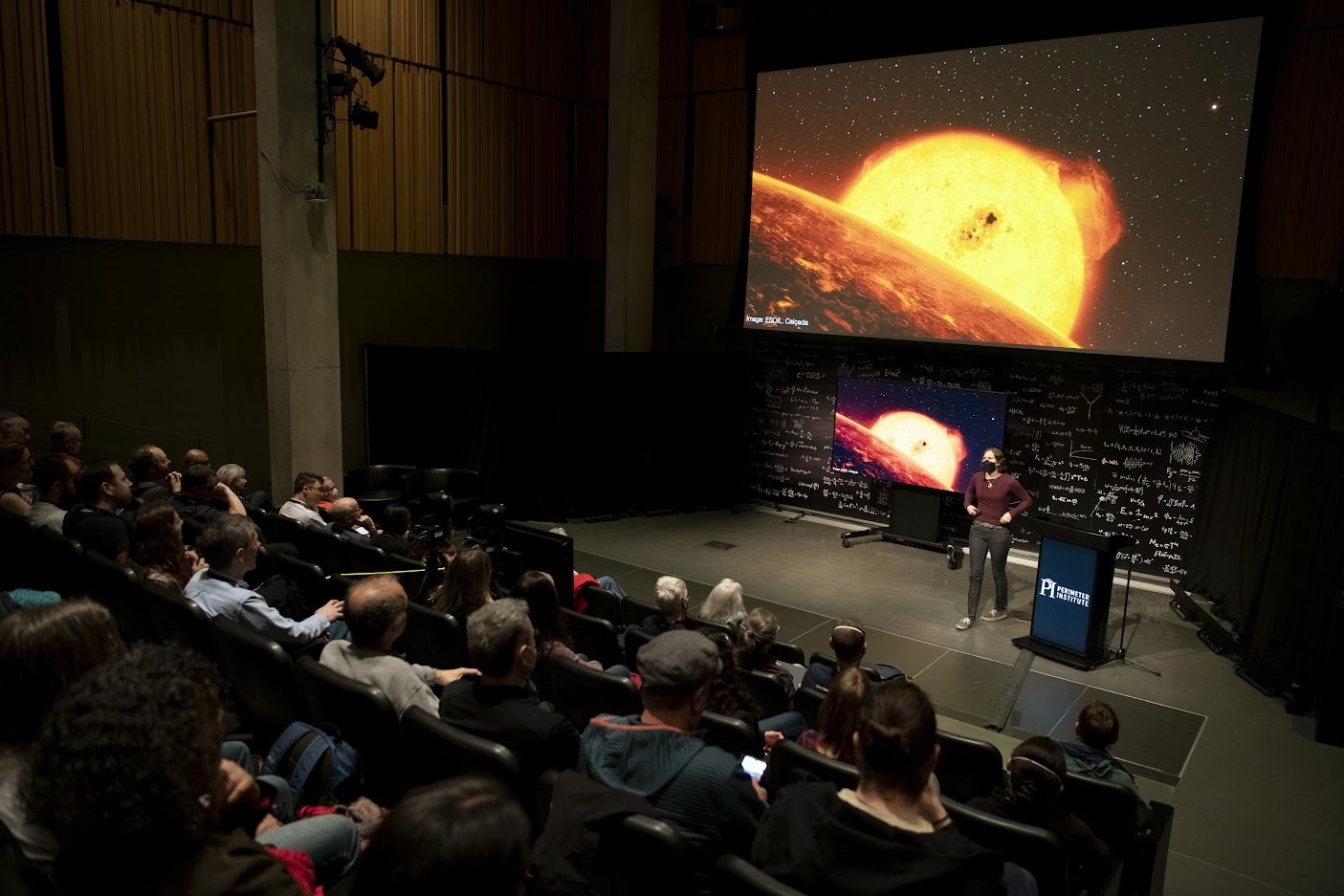
He said young women are now much more likely to pursue STEM (science, technology, engineering, and mathematics) subjects in high school, but progress has been slower in physics than in other sciences. Further research is delving into why that is, but Corrigan said the results indicate that “we need to be more targeted in our approach” to gender balance.
“We had over 31 presenters running sessions, all about improving teaching in our classrooms,” said Adam Mills, a teacher from Assumption College Catholic High School in Windsor, who is the OAPT president and the winner of the 2022 CAP award for excellence in teaching.
Perimeter’s beautiful physics-imbued building – including an atrium lined with equation-filled blackboards – drew attendees from across Ontario, he added.
“Perimeter was gracious enough to allow us to use this venue, which has attracted a lot of people back to our first face-to-face conference since the pandemic,” Mills said.
The conference began with a “meet the researchers” night, a loosely structured speed-networking event where researchers and graduate students met with small groups of teachers to talk about how they do their research. Perimeter postdoctoral researcher Jessie Muir, for example, explained how she uses cosmology theory and data analysis to find clues to cosmic puzzles such as dark energy.
Teachers heard a fascinating and accessible keynote talk about the cosmos by theoretical astrophysicist Katie Mack, who holds the Hawking Chair in Cosmology and Science Communication at Perimeter.
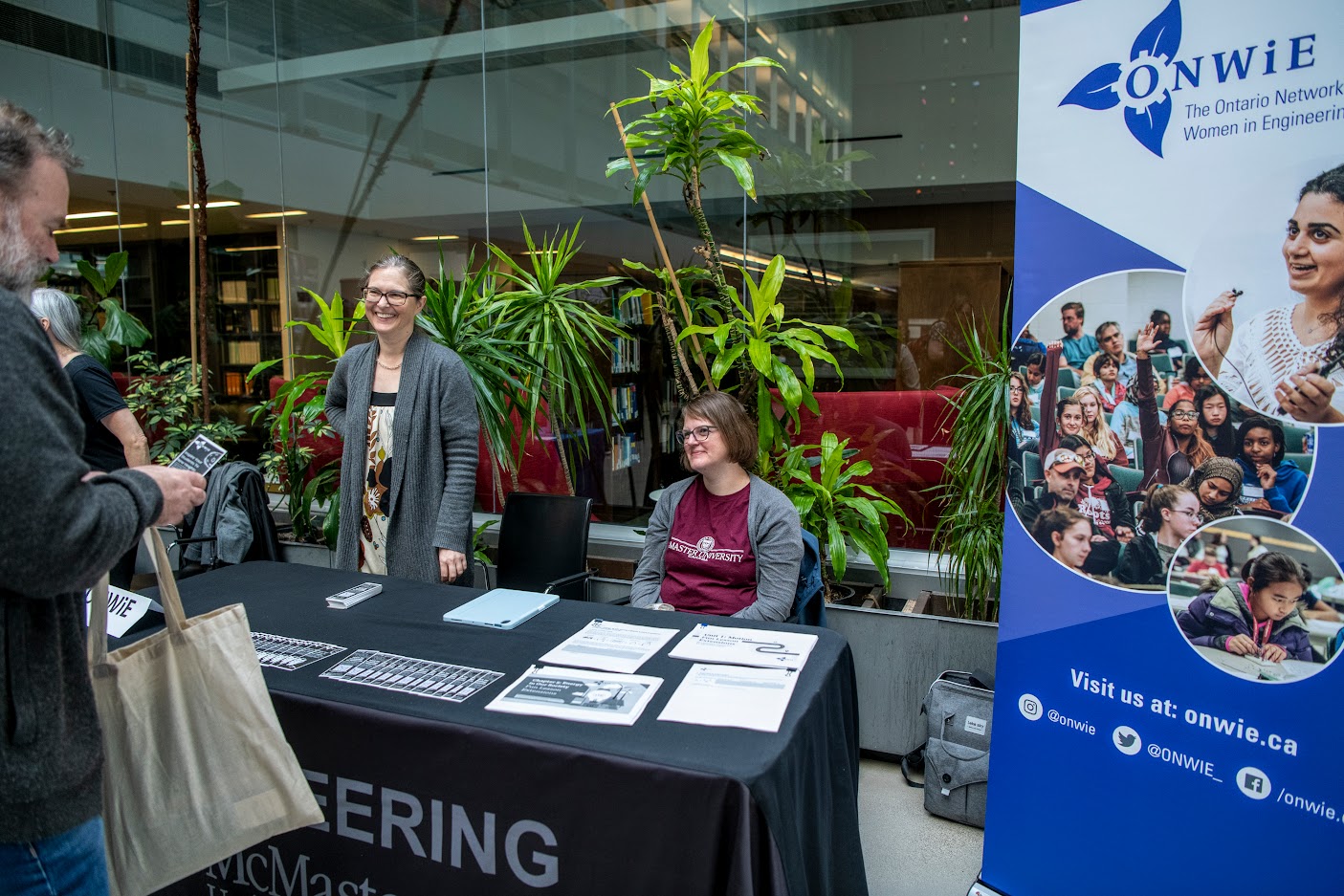
A dozen exhibitors also attended the conference, including the Institute for Quantum Computing at the University of Waterloo, science-based organizations such as the Ontario Network of Women in Engineering, and companies such as AYVA Educational Solutions, which supplies equipment for science labs. There was even a StarLab inflatable, portable planetarium on display.
Chris Meyer, a physics and science teacher at York Mills Collegiate in Toronto, said the OAPT professional development conferences have transformed his teaching over the years.
“It was through conferences like this that I discovered different ways to teach physics. It’s had a genuinely transformational effect on my physics classes, and general science classes as well,” said Meyer, who won the 2016 CAP excellence in teaching award.
Meyer added that Perimeter’s free teacher resources in modern physics, covering topics such as black holes, help to ignite the imagination of students. “Something that Perimeter does really well is to help bring some of the latest discoveries to the classroom in ways that high school teachers can understand.”
The result is that physics classrooms of today are much more interactive and engaging than in the past. Perimeter is “a really big part of that,” Meyer added.
